What Kind Of Animals Are In New Mexico?
Animals
Several species of animals take developed very specialized ways of surviving in this harsh environs, enabling them to thrive in a place with very little surface water and highly mineralized ground h2o. In fact, the park is domicile to more than 800 unlike brute species, many of them nocturnal. Included in this number are species from all groups of the creature kingdom: mammals, reptiles, amphibians, birds, fish, and invertebrates.
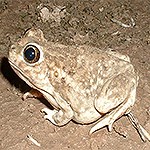
NPS Photo
Amphibians
In that location are seven species of amphibians and one species salamander at White Sands National Park. Learn more about how these environmentally sensitive critters survive in the Chihuahuan Desert.
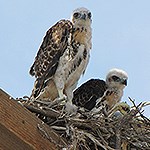
NPS Photograph
Birds
White Sands National Park has recorded over 220 recorded species of birds, including wrens, mockingbirds, larks and ravens, besides equally larger species similar roadrunners and raptors. Larn more virtually the most commonly seen birds in the park.
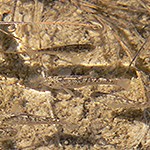
NPS Photo
Fish
The White Sands pupfish is the only species of fish endemic to the Tularosa Basin, and it is the but fish plant in White Sands National Park. It has nighttime eyes, silver scales, and grows from 1.75 inches to ii.5 inches in length. Learn more than about this rare fish and the efforts to conserve and protect it.
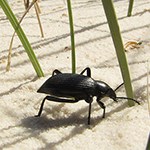
NPS Photo
Invertebrates
Past far, the largest group in the park is the invertebrates at more than 600 dissimilar species, including varied species of beetles, spiders, moths, and wasps. Learn more near the most commonly seen invertebrates in the dunes.
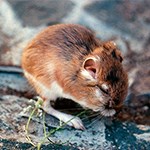
NPS Photograph
Mammals
Many species of mammals brand their home in White Sands National Park, including foxes, rodents, coyotes, bobcats, badgers, rabbits, and porcupines. Acquire more than most the interesting behaviors and unique adaptations of these mammals.
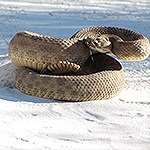
NPS Photo
Reptiles
There are a large diversity of reptiles living within the park, including a variety of lizards and snakes. Learn more nearly how these fascinating animals survive in the desert.
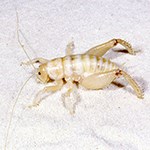
Dr. Lightfoot Photo
White Species
Over the centuries, a number of species of mice, lizards, moths, and other insects that inhabit the dunes have gradually changed color, becoming essentially lighter than their cousins elsewhere. Many of these white species are endemic to White Sands, significant they're non found anywhere else on globe!

NPS Photo
Wildlife Tracks
White Sands provides the perfect opportunity to observe wildlife tracks. Scattered among the dunes are tiny footprints that lead from found to constitute. Learn more about these tracks and the many animals that brand them.
Last updated: August 21, 2020
Source: https://www.nps.gov/whsa/learn/nature/animals.htm
Posted by: hambybuir1998.blogspot.com

0 Response to "What Kind Of Animals Are In New Mexico?"
Post a Comment